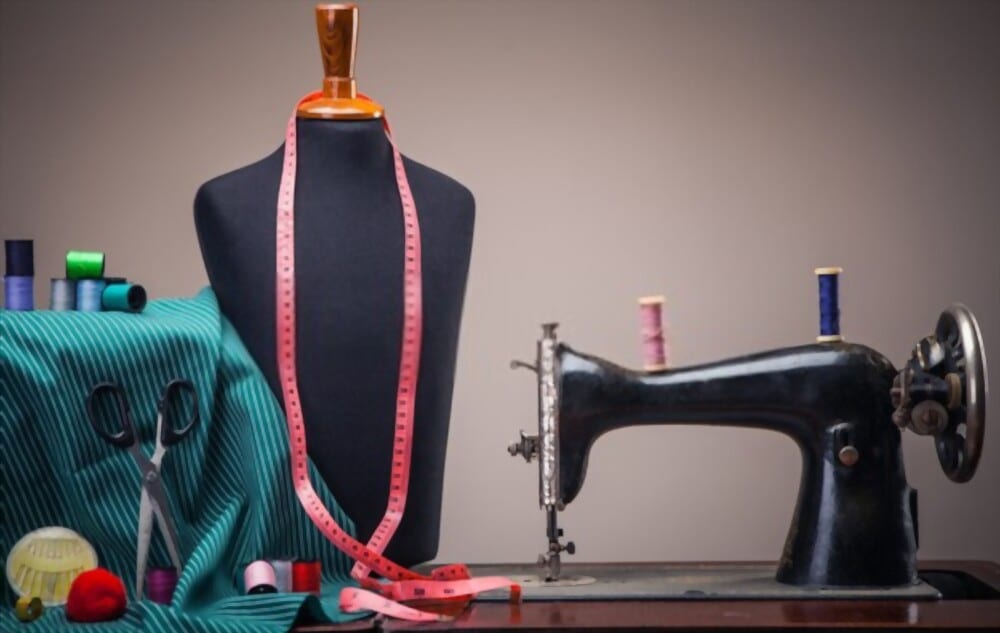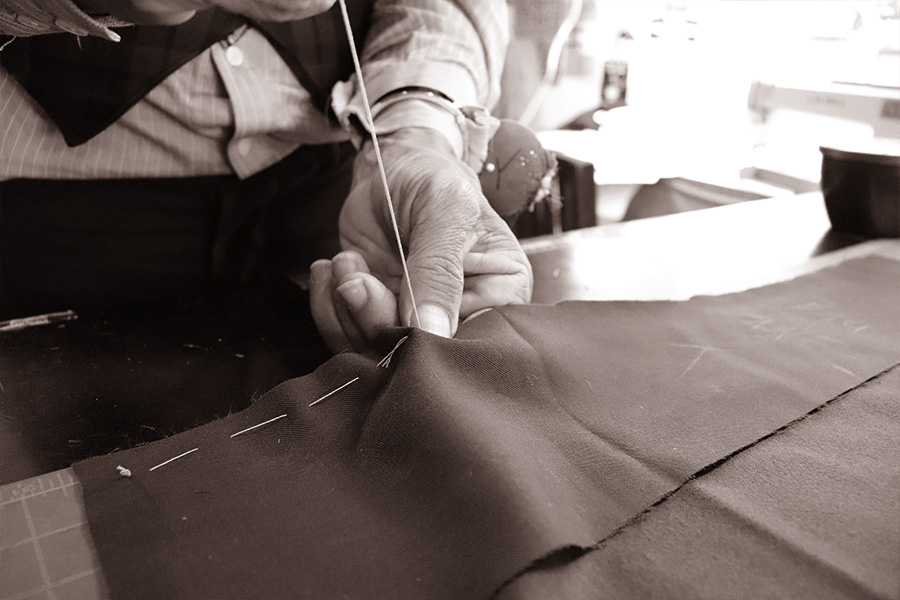Expert Tailor Perth: Crafting Custom Suits for every single Celebration
Comprehending the Tailoring Refine: From Textile Choice to Final Fitting for the Ideal Wardrobe
The tailoring process is a complicated interplay of art and science, starting with the vital choice of fabric option and culminating in the precise changes of final fittings. Each material type brings special high qualities that influence not only the visual appeal yet likewise the garment's long life and viability for different occasions.
Relevance of Fabric Option
Picking the ideal fabric is critical in the tailoring procedure, as it straight influences the convenience, sturdiness, and total aesthetic of the final garment (tailor perth). The option of fabric sets the structure for the garment's style, functionality, and efficiency. Various textiles possess unique buildings, such as weight, breathability, and stretch, which can significantly influence just how the garment drapes and fits the body
Moreover, fabric choice affects the garment's durability and simplicity of care. Top notch textiles can withstand wear and tear, preserving their look and framework gradually, while lower-quality products might cause pilling or fading. Furthermore, the ideal material adds to the garment's capacity to change throughout occasions and seasons, thus enhancing flexibility.
A tailored item made from a suitable material not only showcases workmanship yet likewise elevates the user's self-confidence. Recognizing the subtleties of textile choice is critical for any customizing endeavor. It ensures that the final item not just meets the aesthetic wishes of the client yet additionally lines up with useful needs, consequently achieving an unified equilibrium in between kind and feature in the customized wardrobe.
Kinds Of Fabrics and Their Uses
Comprehending the various sorts of fabrics readily available is important for making educated decisions throughout the tailoring procedure. Each fabric has one-of-a-kind characteristics that dictate its suitability for certain garments and occasions.
Cotton, understood for its breathability and soft qualities, is perfect for sportswear and summer season clothes. Its versatility permits it to be tailored into every little thing from t-shirts to gowns. Woollen, on the other hand, is preferred for its heat and structure, making it a superb choice for formal suits and outerwear - tailor perth. Its all-natural flexibility helps garments maintain shape gradually.
Silk radiates luxury and is lightweight, making it best for eveningwear and fragile shirts; however, it needs mindful handling as a result of its delicacy. Linen, with its textured finish, is a prominent choice for warm climates, offering a airy and crisp feel, however it wrinkles quickly, which might influence the garment's look.
Artificial fabrics, such as polyester and nylon, offer durability and resistance to wrinkles, making them suitable for day-to-day wear and active clothes. Comprehending these material types and their properties allows for better decision-making, guaranteeing that each tailored piece not just fits well yet additionally aligns with the designated purpose and occasion.
The Tailoring Methods Explained
The art of customizing counts on a range of techniques that transform textile right into well-fitted garments. Central to this process is pattern drafting, where a tailor develops themes based on the client's dimensions and preferred style. This initial action makes certain that the garment will certainly fit the user correctly before any kind of cutting occurs.
Once patterns are developed, cutting strategies enter into play. Precision is paramount as mistakes can bring about misfitting garments. Tailors frequently make use of numerous cutting methods, such as single-layer reducing for elaborate designs and multiple-layer cutting for performance on standard patterns.
Basting is an additional vital technique, enabling dressmakers to briefly stitch fabric items together for an initial installation. This technique offers the possibility to assess the drape and total silhouette before last stitching.
Seaming methods, consisting of french joints and flat-felled joints, enhance official statement the garment's resilience and visual appeal. Tailors additionally utilize methods such as interfacing and extra padding to offer framework and shape to specific areas, like shoulders and collars.
Finally, ending up techniques, consisting of hemming and side completing, make certain the garment's longevity while supplying a refined look. Together, these methods create the foundation of reliable customizing, leading to exquisite, custom-fit clothing.
Suitable Adjustments and Factors To Consider

Trick factors to consider consist of the shoulder fit, which must neither sag nor limit activity, and the sleeve length, which must enable for comfortable arm motion while maintaining a sleek look. Furthermore, changes at the midsection can fine-tune the silhouette, with alternatives to allow out or take in material as required.
The rise of pants is one more important factor; it should rest conveniently over check out this site the hips without triggering discomfort, enabling ease of activity. Hemming sizes for both pants and skirts need to show the user's recommended style while valuing proportions.

Maintaining Your Tailored Wardrobe
Always comply with the treatment tag directions, which may recommend dry cleaning for delicate fabrics or machine washing for even more long lasting products. Prevent regular laundering, as this can use down the fabric and alter the garment's form.
Storage space is similarly crucial; usage padded hangers for coats and coats to keep shoulder structure, and store pants folded up neatly or hung to stop creasing. Secure garments from straight sunlight, which can discolor shades and damage fibers.
In addition, regular assessments for small repair services can avoid bigger problems. Look for loosened buttons, fraying seams, or signs of moth damages, attending to these problems without delay to keep the garment's stability.
Lastly, take into consideration seasonal rotation. Putting on tailored items in small amounts allows textiles to recuperate, extending their life expectancy. By implementing these maintenance approaches, you can make sure that your page tailored garments stay as pristine as the day you initially wore them, enhancing your excellent wardrobe for many years to come.
Final Thought
The customizing process, encompassing fabric choice, experienced methods, and precise suitable changes, plays a vital duty in developing garments that enhance both convenience and design. Each stage adds to the overall effectiveness of the final item, making sure that clothes not only fits well but likewise shows individual identification. Understanding the significance of maintenance expands the life of customized garments, strengthening their value in a well-curated wardrobe. An extensive technique to tailoring culminates in a refined and certain appearance.
Choosing the right fabric is crucial in the tailoring process, as it straight affects the convenience, resilience, and overall aesthetic of the final garment. The selection of fabric sets the structure for the garment's efficiency, performance, and style. Different materials possess distinct residential or commercial properties, such as breathability, weight, and stretch, which can considerably affect just how the garment drapes and fits the body.
The art of tailoring depends on a range of techniques that change material right into well-fitted garments.The tailoring process, incorporating textile choice, competent techniques, and exact fitting changes, plays a vital function in creating garments that improve both comfort and style.